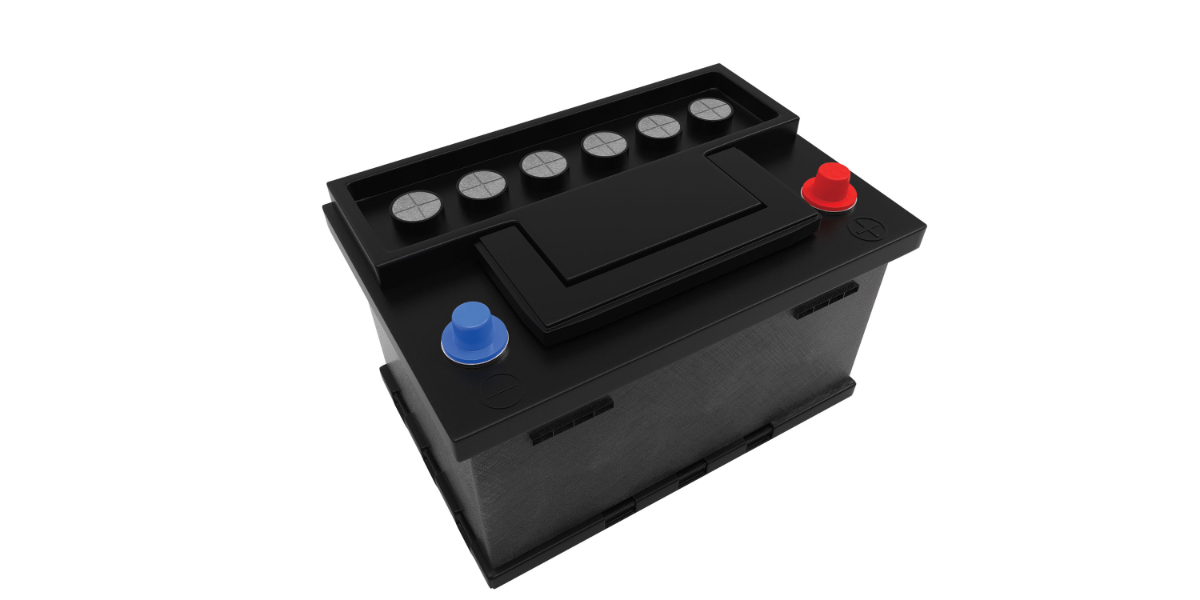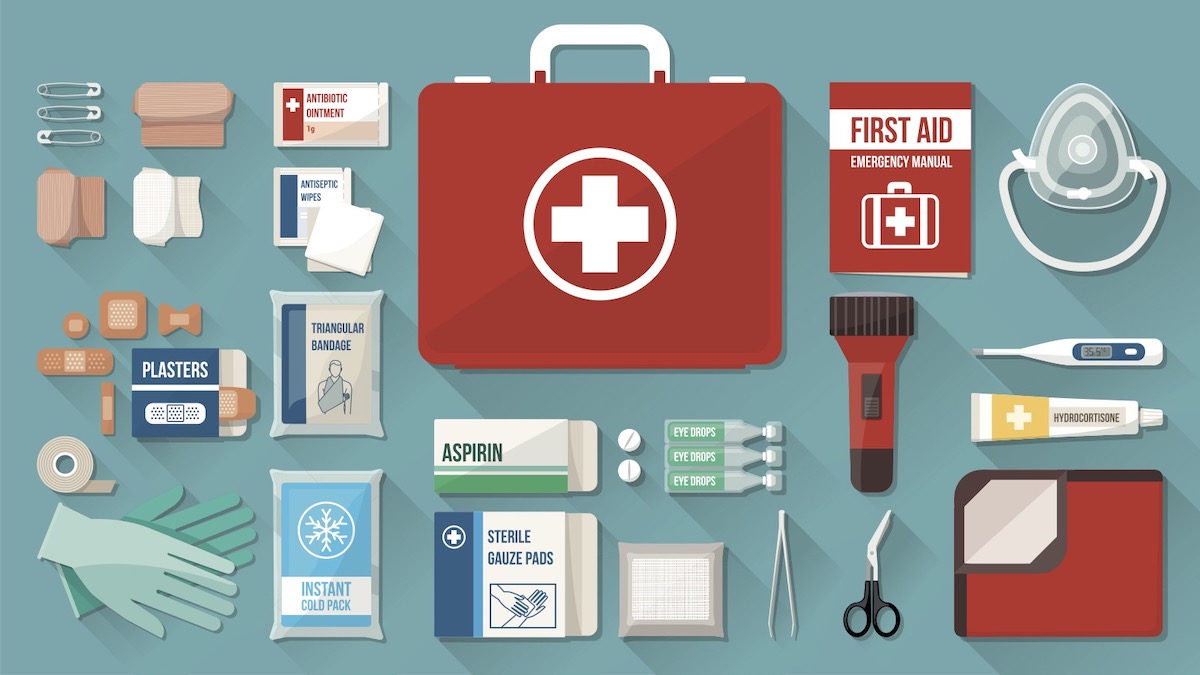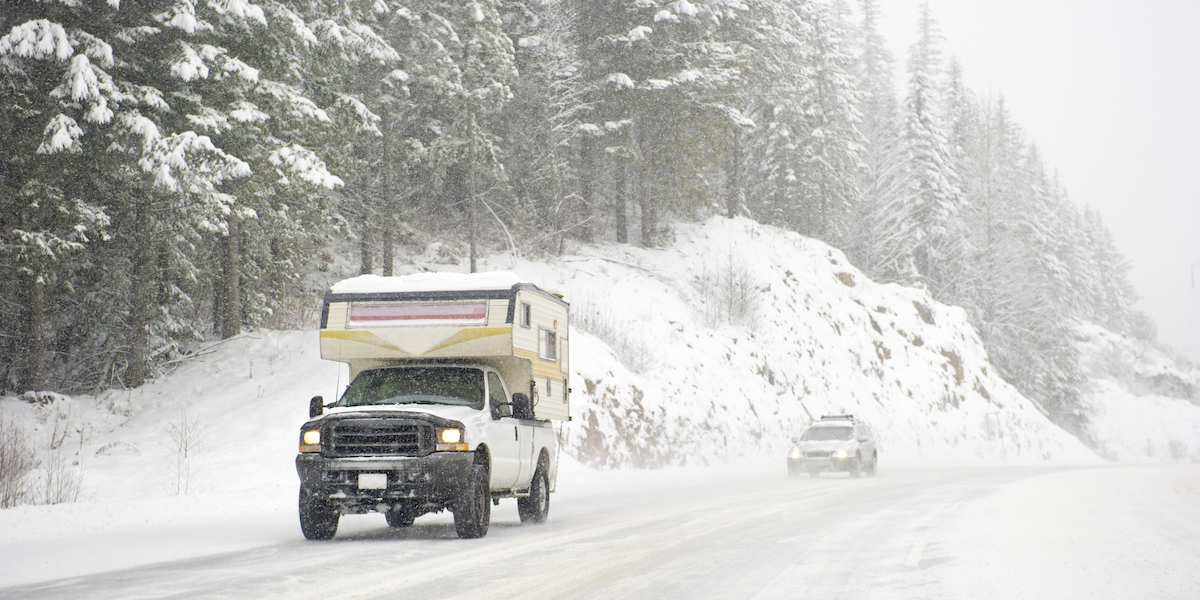Tire Pressure and Elevation: What You Need to Know
From Mountains to Ocean, Stay Mindful of Tire Pressure
Image Caption:
If you’ve ever shopped for a new vehicle you’ve probably been told by someone – be it your mom or dad, a friend, or even the salesperson – to “kick the tires.” What they mean is to check the vehicle out, make sure it suits your needs and is in good, working shape. But, the origin of that phrase is quite literal. Checking the tires was, and still is, an important step in ensuring a vehicle is ready for a trip or long drive. But, tires need more than a simple kick, especially if your trip is taking you to increasingly higher and higher elevations. Here’s everything you need to know about elevation and tire pressure.
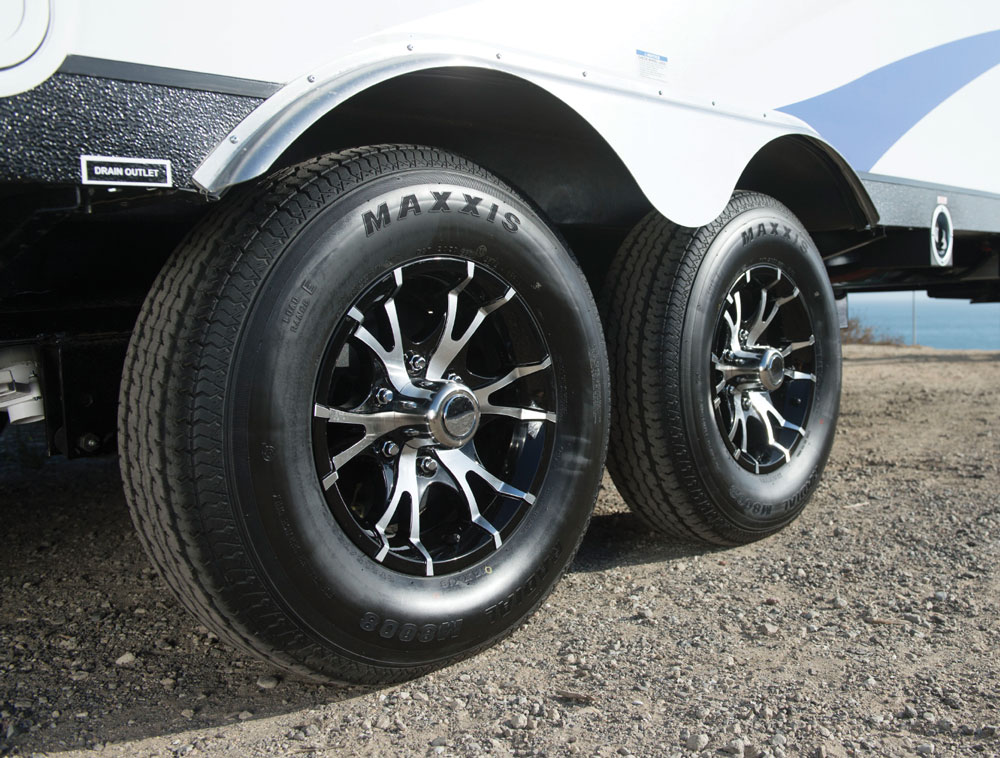
Some Tire Basics
When you get in a car, you check your mirrors and fasten your seatbelt. But do you check the very things keeping your car connected to the road?–Tires. They connect your car to the road, providing traction and performance. Before you head out on a weekend trip or getaway, make sure you give your tires a proper checkup. One key component of tire maintenance is PSI.
What is PSI?
PSI stands for pound-per-square-inch. It’s a measure of the amount of pressure in your tires. Your vehicle has a tire PSI recommendation. It’s usually listed on the tire, the placard attached to the driver’s side door edge, doorpost, glove box door, or fuel door. If you can’t find it in any of those locations, no problem, just look in the owner’s manual.
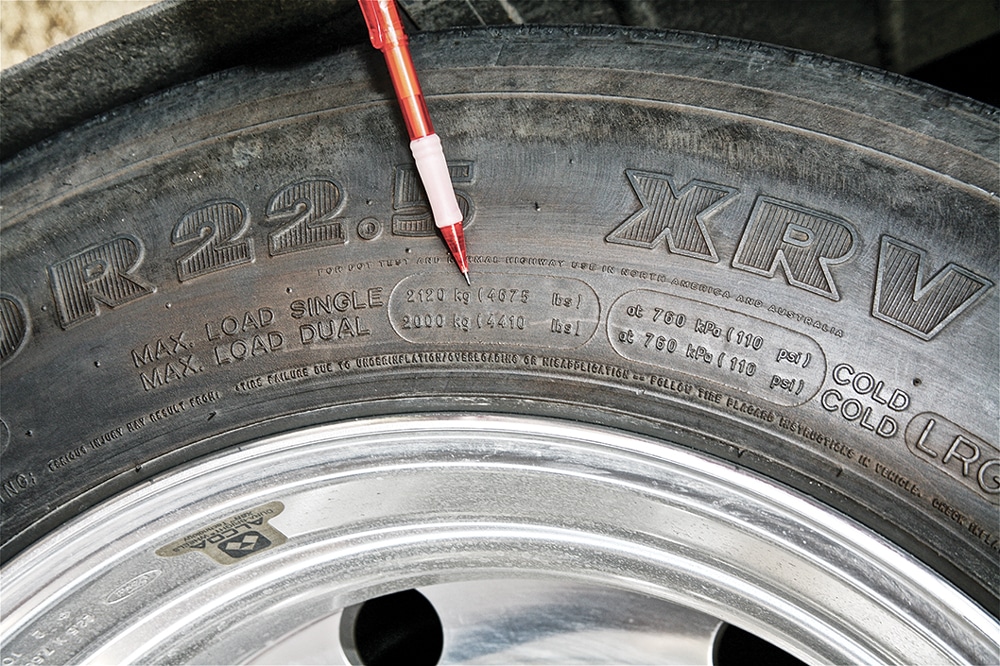
Tires often have their PSI rating on the tire. For RV tires, check the manufacture’s recommendations for trailer tire PSI before refilling.
How to Check Your Tires’ PSI
Newer cars have computers that monitor each tire’s PSI and display it on the dashboard. If your vehicle doesn’t have this feature or you just like to double-check, you can always pick up your own manual tire pressure gauge. Go up to each tire one at a time. Remove the valve cap then place the pressure gauge on the valve stem and press down hard enough that the “hiss” sound fades away and your gauge provides a reading. Write down the measurement for each tire – labeling them driver front, driver rear, passenger front, passenger rear.
How to Fill Your Tires
Once you know how much addition PSI you need to put into each tire, you can begin the process of filling them. To do this, you’ll need an air compressor. You can find an air compressor at almost every gas station. It’s best to fill tires when they are “cold” which means you’ve parked your car for three or more hours or driven it less than a mile at a moderate speed. If you are filling “hot” tires, set their pressure to 4 PSI above the recommendation. Then recheck the inflation pressure when the tires are cold.
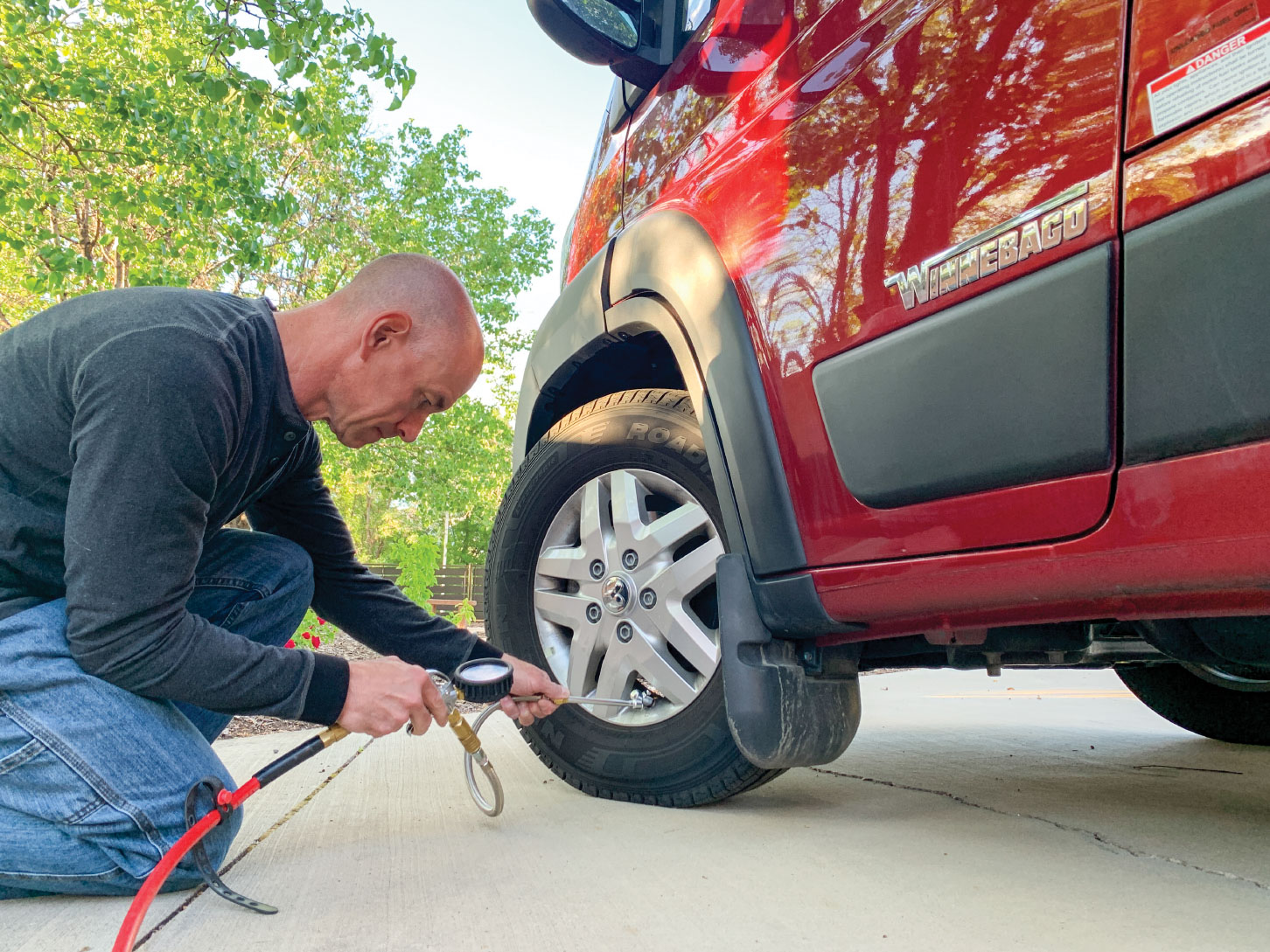
Checking the tire pressure is one of the easiest — and most important — RV maintenance tasks.
Tires and Elevation
Tire maintenance is fairly straightforward, but it does get a little more complicated when you throw in elevation and high altitudes. Without getting too scientific, significant changes in altitude do affect tire pressure, or at least what your tire gauge will read and report. When you travel in your vehicle from an area with low elevation, like say New Orleans to an area with high elevation, like say Denver, your tires will experience a slight gain in tire pressure of about two to three PSI. This is because as you rise in elevation, the amount of atmospheric pressure decreases. Pressure gauges measure PSI based on the surrounding air as a reference, so when that surrounding air changes, so too will your PSI. It’s nothing to be too worried about, though. A few PSI above or below your car’s recommended levels won’t hurt. Just make sure to check when you get to your destination (preferably after your car has had some time to cool down) and then act accordingly.
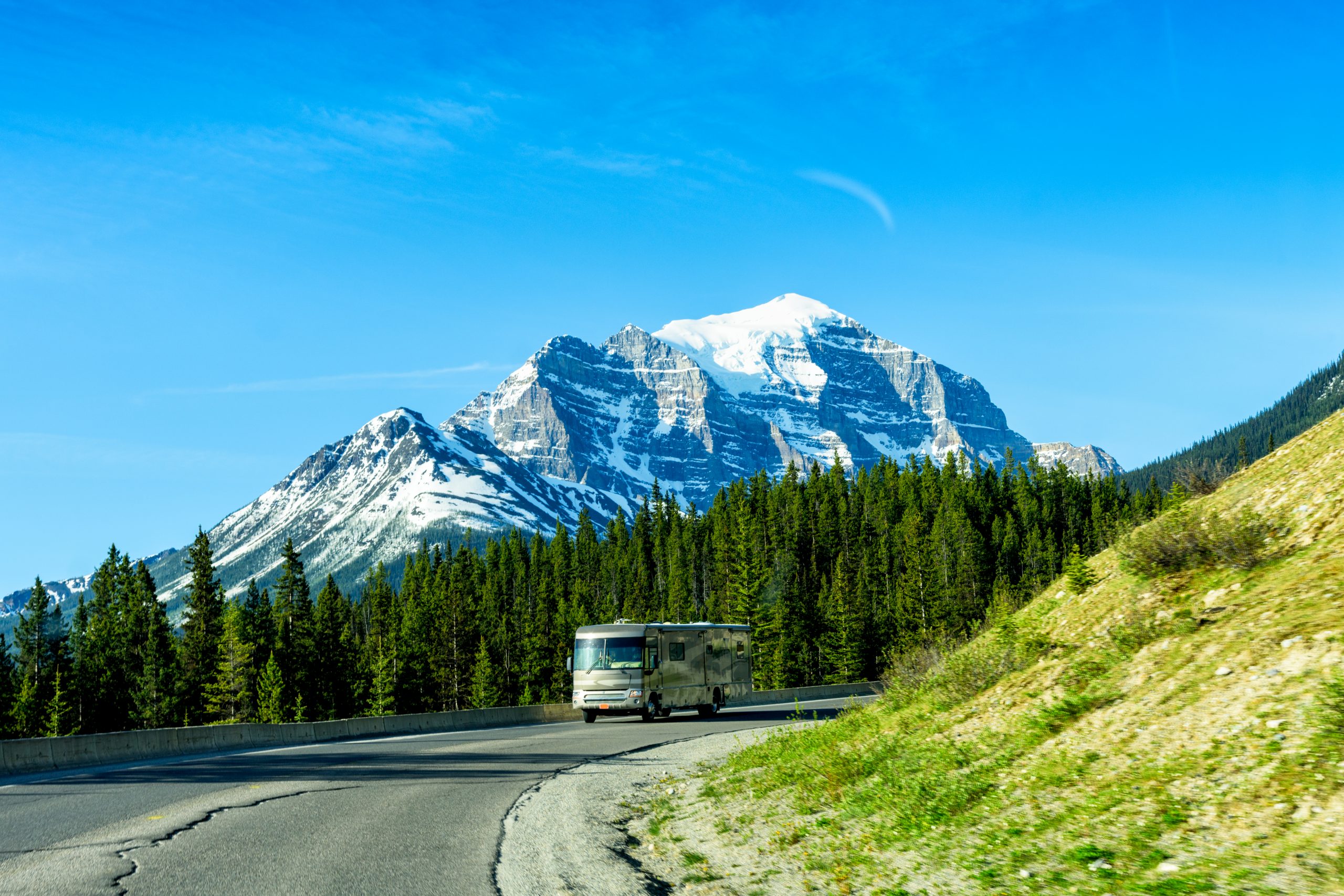
Tire pressure will change as you rise in elevation and drop in temperature.
Tires and Temperature
Temperature is another factor, much like elevation, that affects tire pressure. Generally speaking, the two operate in tandem. Typically, as you climb from sea level to higher and higher elevations the temperature tends to drop and this drop in temperature affects PSI. The general rule of thumb is that tire pressure changes about one PSI for every 10º Fahrenheit change in the ambient temperature. So, as the temperature gets warmer the pressure increases and as it gets colder it decreases.
Still with me? Great–picture this: a rise in elevation will increase PSI, but a drop in temperature will lower it. And, since elevation rise and temperature drops are usually related, the combined effects might cancel out any PSI changes, and you won’t notice any change in tire pressure.

Tires at sea level in hot weather will change in pressure.
Overall, your best bet is to cold set your tire pressure the morning after arriving at your destination and then reset them the morning after you arrive at a new destination with a significant change in elevation and/or temperature.

